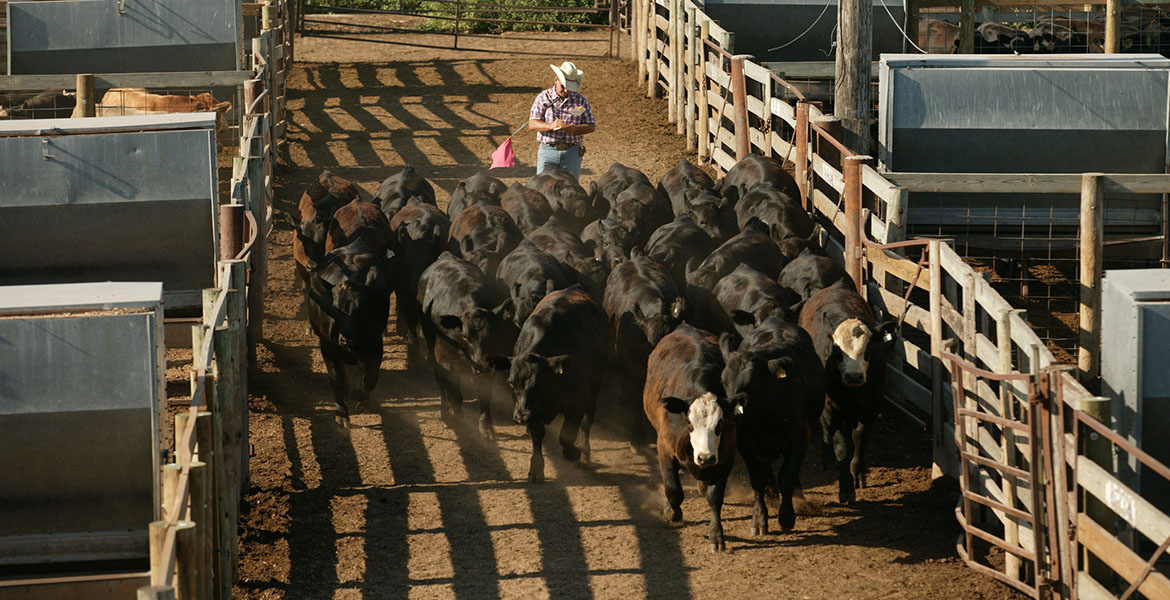
State offering free tags for animal disease traceability
Friday, January 15, 2021
With the current pandemic, terms such as “herd immunity,” “infection rates” and “contact tracing” are now part of daily conversations. You’d hear the same if it were a foreign animal disease, such as foot and mouth disease, hitting the United States. In such situations, animal disease traceability is critical to emergency response efforts.
Animal disease traceability (ADT), as defined by the U.S. Department of Agriculture, is knowing where diseased and at-risk animals are, where they’ve been and when. Traceability does not prevent disease introduction, but it does expedite the emergency response, which is critical for both producers and industry.
ADT allows official individual identification of animals and rapid tracing during an outbreak. One ADT system that allows individual identification is the National Uniform Eartagging System (NUES). This system has been used for years and is familiar to many producers. The common names for these tags are “Bangs tags” or “Silver Bright tags.” These tags are used for cattle requiring brucellosis vaccination or tuberculosis testing.
Another system of official identification involves the use of radio frequency (electronic) tags beginning with the digits 840. Radio frequency identification (RFID) tags are available as low frequency and ultra-high frequency. In certain circumstances other forms of identification, such as registration tattoos and brands, may be used as official identification.
Currently, official identification is required only under certain conditions and for certain classes of cattle. The two primary situations requiring official identification are program disease testing (such as that required for brucellosis) and interstate movement.
Classes of cattle requiring USDA official identification for interstate movement include:
Beef Cattle & Bison
• Sexually intact and 18 months or older.
• Used for rodeo or recreational events, regardless of age.
• Used for shows or exhibitions.
Dairy Cattle
• All female dairy cattle.
• All male dairy cattle born after March 11, 2013.
(Exceptions to this requirement do apply under unique movement types, such as travel for veterinary care. Feeder cattle and animals moving directly to slaughter do not require official identification for interstate movement.)
If a disease outbreak occurs, effective and rapid response will hinge on the electronic sharing of data within a traceability system. Efforts such as U.S. CattleTrace, a cattle industry-driven multi-state initiative, are evaluating traceability system design and usage. Any nationwide system must be functional for the cattle industry. Such a system must be cost-effective and maintain confidentiality while continuing to allow cattle to move at the speed of commerce.
The USDA has proposed moving toward RFID tags. The public comment period for these changes closed in October 2020, and a variety of industry organizations and leaders have provided comments.
Producers and veterinarians interested in incorporating RFID may wish to participate in a program offered by the Oklahoma Department of Agriculture, Food and Forestry (ODAFF). ODAFF is distributing approximately 550,000 low-frequency 840 RFID tags for the cost of shipping. The goal is to increase RFID tag usage in young breeding cattle intended as replacement stock. Producers must first obtain a premise identification number and then submit an order form. For questions, call the ODAFF Animal Industry Division at 405-522-6141.
This article was written for Cowman magazine by Dr. Rosslyn Biggs, beef cattle extension specialist and continuing education director at Oklahoma State University’s College of Veterinary Medicine.
